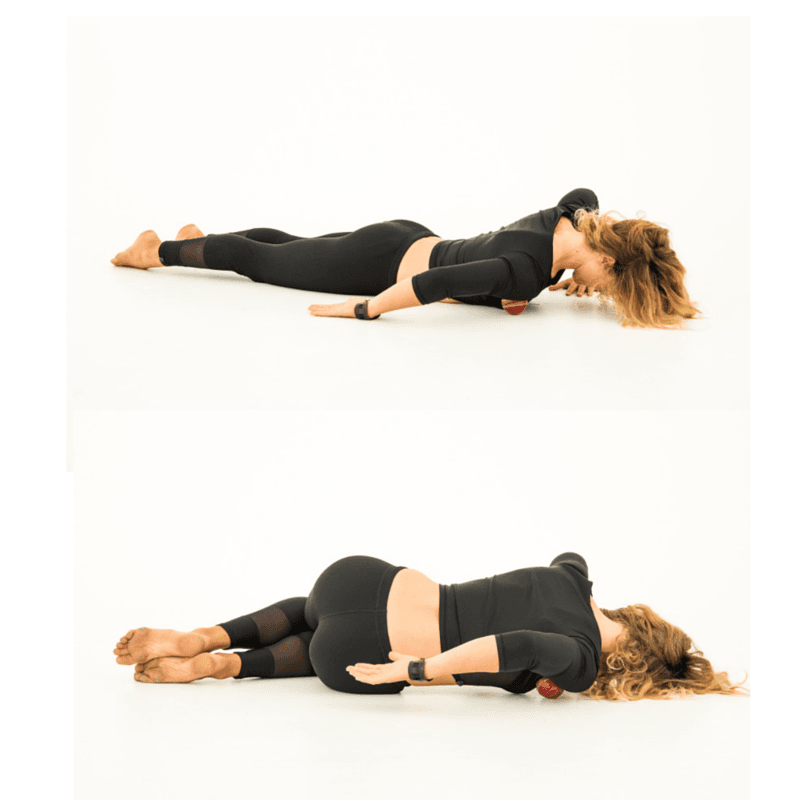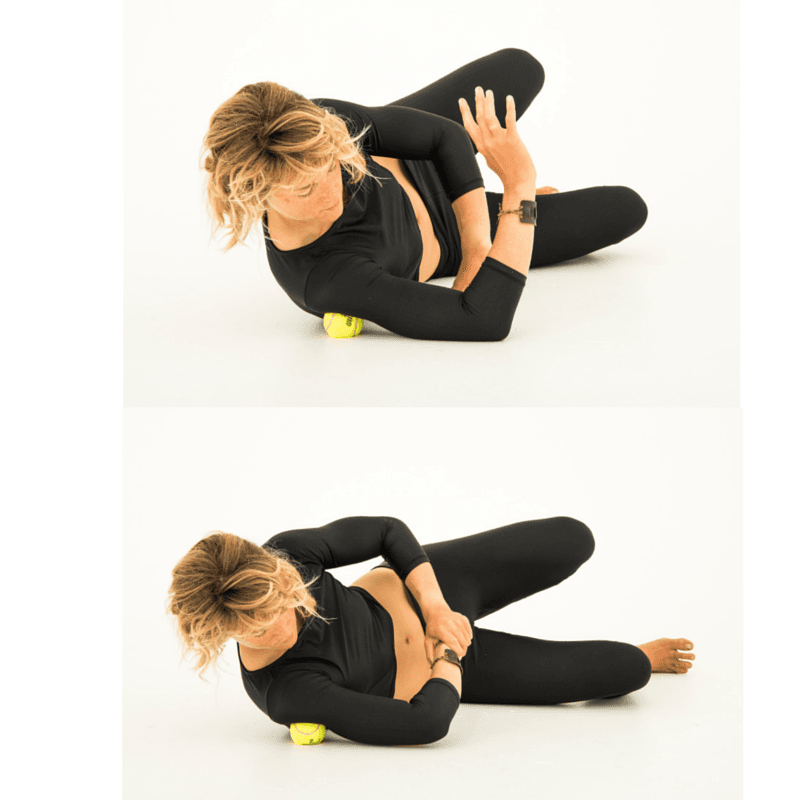Surf Stretching
If you surf everyday, you’re repeating the same movements over and over again, strengthening a particular set of muscles whilst the rest are getting weaker. Mobility and soft tissue work will help balance your body out and ensure that your next surf will feel easier, looser and more athletic.
Long time surfers are typically unaware of dysfunctional movement patterns or joint positions until they receive cues like pain, impingements, pops, cracks, tingling, swelling, crappy flexibility, poor strength and power, or undue fatigue. Once you get any of these, you’ve been moving around in a funky way for a long time with tissue overuse, muscle strain and compromised joint positions.
Surfing is an asymmetric sport (unbalanced from left to right), so your body maintenance will be a constant effort, although one that is well worth it. Nobody will ever be perfect but we can take some damage control and preserve the lifespan of our surfing. Keep in mind that you will never get to the bottom of your muscle and joint problems until you start correcting the faulty movements that caused the problems. For more information about this, check out Fluid Surfer at fluidsurfer.com
Get into a habit of performing some form of surf stretching, mobility or soft tissue work every day (before bed is a good time for most people) for at least 15 minutes. Just choose a few target areas per day and start mushing it all up. Above and below are 4 top techniques for surfers to get you started.
Thoracic Spine Rotation
With modern life and ageing, we lose movement in our upper spine. Many lower back problems arise from too much stiffness in the upper/mid spine and too much movement in the lower spine (which compensates for the lack of movement in the upper spine). Get your upper spine moving with this mobility drill.
Note: This video is in double time.

Lower Back Kneeling Ball
Why: A tight, sore lower back and hip will stunt your ability to move properly through your lower back. The QL (quadratus lumborum) is a postural muscle that can get very tight and sharp, and is closely related to the psoas muscle (your main hip flexor), meaning if one is tight, the other usually becomes tight too.
How to do it: Get into a crouched barrel position, knee on the floor. Hold under your knee that is on the floor and aim to bring your head to touch the knee. Hold for 5 deep breaths, stretching into the lower back with a contract/relax style (pull your head toward your knee while pulling away with your back, relax and repeat). Repeat on the other side. Great as a pre-surf stretch.

Pecs on Ball
Why: The pecs attach to the shoulder blades and sternum so when they get short, they will pull your shoulders forward. Forward shoulders screw up the shoulder blades, upper spine and rib mechanics, as well as all the associated muscles. When the pec minor gets horrifically stiff, it locks your shoulder into a forward position which is unstable for pushing up and paddling.
How to do it: Place a tennis ball in the upper corner of your chest, bring your arm out to 90 degrees and then bend at the elbow so that you have made an upside down stop sign with your arm (internally rotated). Bring the knees to the opposite side to gain stronger chest pressure on the ball. Breathe with a 4 second inhale and 8 second exhale. Hold for 1-2 breath cycles and then move it a few centimetres to the left/right/up or down and repeat.

Paddle Strainers
Why: To free up the shoulder external rotator muscles that cease up toward the back of your shoulders for smoother and stronger paddling.
How to do it: lying on your side, place a golf or tennis ball in the ridge between the back of your shoulder and your rib cage. Support your head with a pillow/towel to keep your neck aligned. Keep your arm extended on the floor about 45 degrees from your shoulder with the elbow bent. Try to gently rotate your hand inward toward the floor (shoulder internal rotation) using your other hand. Hold 10-20s, rest and repeat several times.